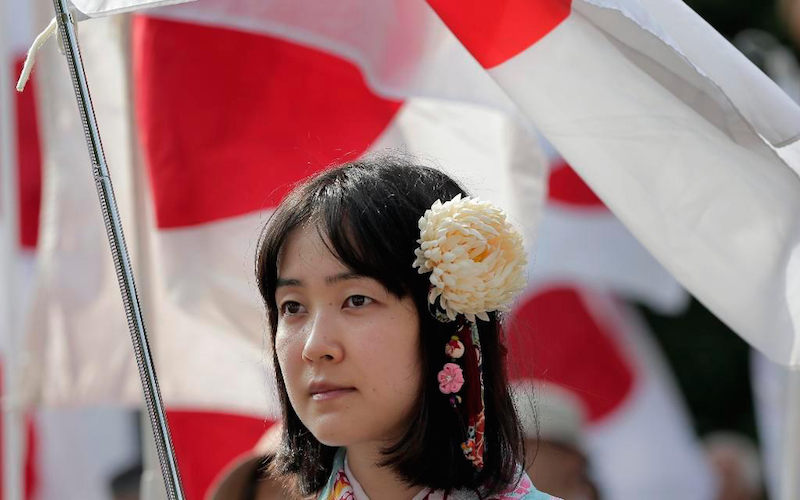
China Renews Rhetoric over the Senkakus
The Chinese government has opened an official website which endorses China’s position towards the disputed Senkaku/Diaoyu Islands. The website, www.diaoyudao.org.cn, is accessible in Chinese under the isles Chinese name, the Diaoyu Islands. According to this blog from the New York Times, the home page of the site opens to a Chinese national flag next to which the words “Diaoyu Islands — China’s inherent territory” are written. The site shows a timeline with pictures of Chinese historical documents dating back to the 15th century. The website was set up by the National Marine Data and Information Service, a department under the State Oceanic Administration. The Japanese government had opened a similar website for the Senkakus after they nationalized the islands in 2012.
A period of calm was expected in the East China Sea after Xi Jinping and Shinzo Abe shook hands on the sidelines of the APEC summit in November. Yet, in mid-December, two Chinese naval vessels entered the disputed waters. The boats were reported to have come within 44 miles of the islands, the closest approach since the dispute erupted in 2012. Last week again, the Japan Times reported that three Chinese Coast Guard vessels had entered its territorial waters near the islands. A couple of weeks ago, news of China’s military building a large-scale base on islands off the coast of Zhejiang province, at a close distance to the Senkaku/Diaoyu Islands, had already caused tension.
(Prepared by Ethnographic Edge using Web Intelligence provided by Recorded Future)
The recent military intrusions along with the latest provocative moves from the Chinese government all seem to point towards a rise in tensions. China’s leader, Xi Jinping is making very clear that he is not willing to make any concessions regarding his position in the East China Sea. On the other hand, Japan has been very careful and doesn’t seem to want to risk renewing strains. In late December, the Japanese government asked the city of Ishigaki in Okinawa Prefecture to call off a planned aerial survey of the Senkaku Islands within its city limits. The decision was said to have been made to avoid worsening Japan-China relations.
Due to the nationalistic symbols that the islands represent for both countries, the Senkaku/Diaoyu dispute is at the origin of growing negative attitudes between the Chinese and Japanese. Chinese manufacturers have realized that identifying their products as Chinese was harming sales in Japan. Clothes producers decided to stop using “made in China” labels on products sold in Japan in an effort to improve sales. According to the South China Morning Post, the move is an attempt to overcome the perception that Chinese-made clothes are poor quality. The labels are being replaced with “made in PRC” (People’s Republic of China), because, according to the website, many Japanese customers don’t know what the initials stand for. An article from the BBC points out that in 2014, a Japanese think tank report found that 93% of respondents had an unfavorable opinion of China, up 3% from the previous year.
China supplies about 90% of the world’s rare earth needs, which are crucial in most modern technology. In past tensions over the Senkaku/Diaoyu, China used its economic leverage by banning all rare earth exports to Japan. Since China started implementing global export restrictions and tariffs for prized material back in 2010, international organisations such as the WTO have been regularly voicing their discontent. Following the growing global anger, the Chinese government has announced this week it would move to scrap export quotas. Reuters reports that following the announcement of the Chinese intentions last month, prices for various rare earth elements declined by as much as 20% in the December quarter.

